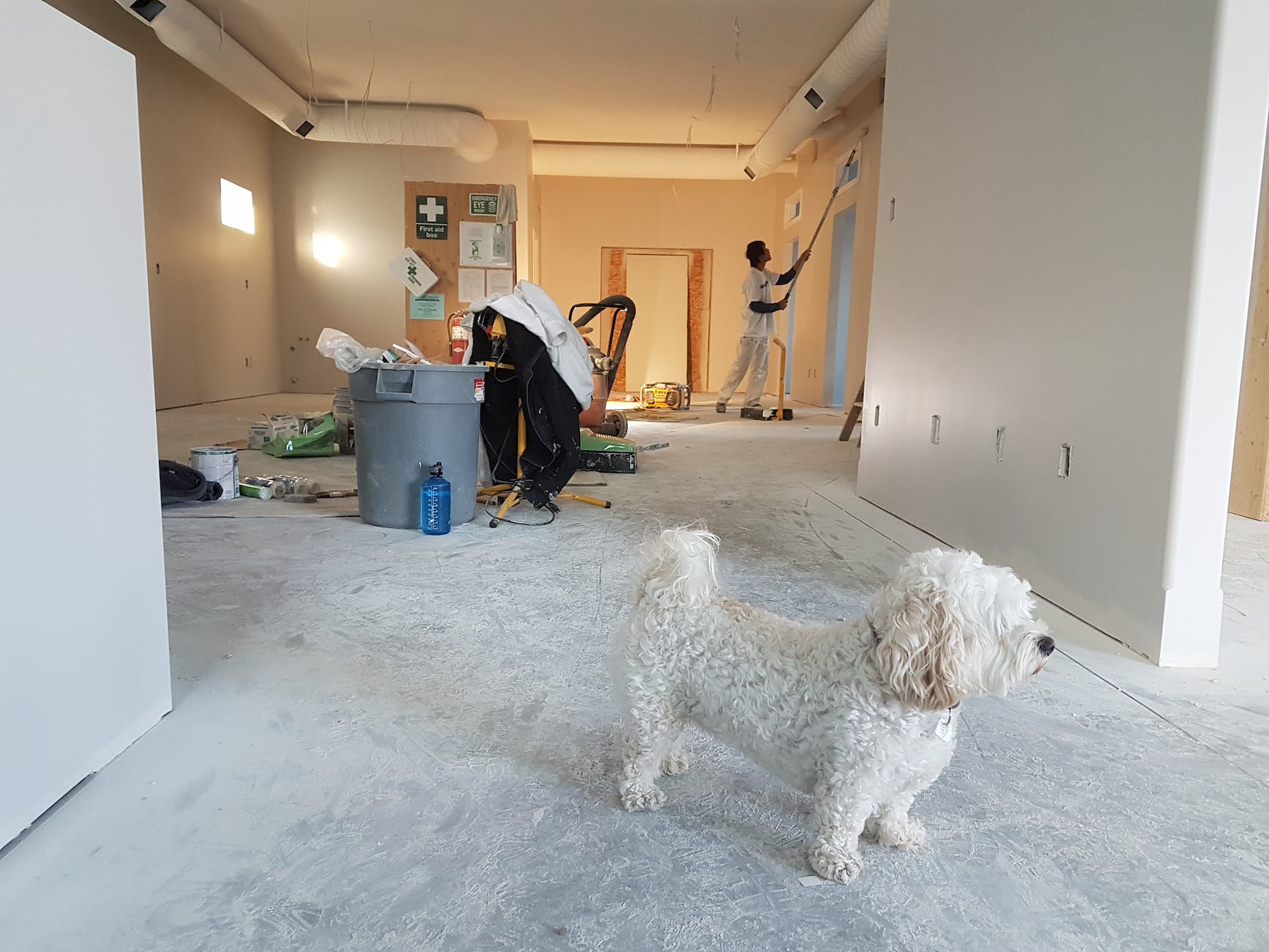
How to Prevent and Protect Against Workplace Accidents

This is a collaborative post
Workplace accidents can be a major source of disruption, cost and harm. To protect yourself and your business from the impact of workplace accidents, it’s essential to take steps to prevent them from happening in the first place. Prevention is always better than cure when it comes to workplace safety, as even small accidents can have serious consequences.
Risk Assessment:
Every workplace should have a risk assessment in place to identify potential hazards and the steps that need to be taken to prevent accidents. A risk assessment is an ongoing process and should be regularly viewed and updated as conditions change or new risks are identified. If you’re unsure how to carry out a risk assessment, help can be found on the Health and Safety Executive (HSE) website.
Training:
Providing proper training on how to use machinery, equipment, or other potentially hazardous materials is essential in reducing the likelihood of workplace accidents. Employees should always be given instructions on how to safely operate any moving parts, such as presses, lifts, or conveyors. They should also receive instruction on wearing any necessary protective equipment, such as goggles or hard hats.
Supervision:
You need to make sure that any potentially hazardous activities are properly supervised by a qualified person who is familiar with safety protocols and can spot potential risks. Staff should also be trained in basic first aid to know what to do if an accident occurs.
Maintenance:
All machinery, tools, and equipment must be regularly inspected for signs of wear and tear or malfunction. If anything appears to be damaged or broken, it should be taken out of use immediately until it can be repaired or replaced. It’s also important to keep walkways, corridors, and staircases clear at all times to ensure no one trips over any debris or objects.
Reporting:
It is very important to urge all employees to report any safety concerns they may notice in the workplace. This will enable you to identify and address potential hazards before they cause harm.
In case an employee gets injured due to their work environment, it is crucial that you encourage your employee to consult with an experienced personal injury lawyer for legal guidance on the available options for receiving compensation. This whole process may involve filing a claim against the employer or insurance provider for damages resulting from negligence or defective equipment.
Insurance:
It is important to have proper insurance for your business in case of an accident. All businesses in the UK are legally required to have employers’ liability insurance, which covers compensation claims from employees who experience work-related injuries.
By taking the preventative measures for your business and ensuring that safety protocols are adhered to, you can help protect your employees from workplace injuries and limit any potential damage to your business. This will also help you comply with health and safety regulations so that your business can avoid hefty fines or prosecution.


















































